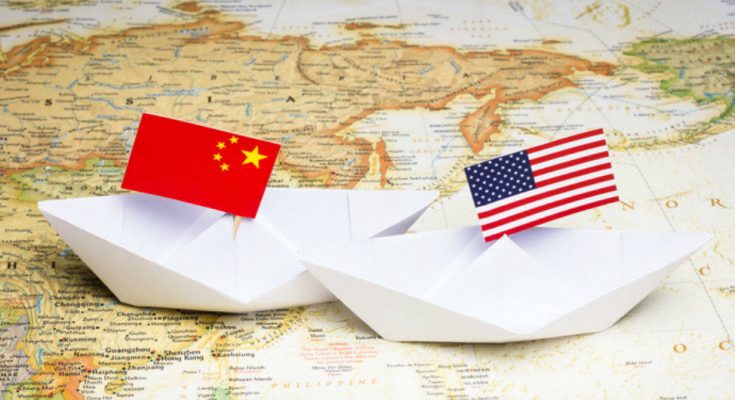By Adrian Gonzalez
The relationship between the United States and China, is perhaps without a doubt, the most complex and important in the world. I remember that around 2002, my father told me about his work when he was the director of a brick company based in Monterrey. They used Italian machines to produce brick and ceramic flooring. He was told that the company had finalized orders from a relatively new market in China, and from which they expected important sales. As time passed, the Italian engineers told him that sales had been disappointing. My father was surprised, and asked about market preferences, qualities, and efficiency, thinking that one of those could be the reason. But they told him that none of this had been a problem; on the contrary, the machines performed adequately. What happened, they explained, is that his clients in China had copied the Italian machines. At the same time, new companies were being born in the country that produced copies of his designs for domestic and export sales. The promise of this great market turned out to be short-lived for this company.
I didn’t fully conceptualize it at the time, but this was the intellectual property theft that would characterize Chinese behavior over the next two decades. This was a severe problem that many companies in the world experienced, and it was backed up with data. Still, the promise of a market of 1.4 billion people was too alluring to give up, and many multinationals chose to ignore and even collaborate on technology transfers. The US government knew this too, but it prioritized stability and cooperation over trade disagreements.
China’s strategy is clear and relatively simple to explain. It consists of attracting investment, replicating technology and, at the same time, investing state resources to improve it. Once they make it their own, they depend less on the world, while the world depends more on China. Of course, this is very complex in practice, but China is one of the few countries in the world that has the capacity to continuously invest and pursue these goals.
Invest, Align, Compete
Now we see how the US and its allies have decided to counter China’s behavior. In a speech, US Secretary of State Antony Blinken has stated that China represents the greatest threat to the international order. The US will have an «invest, align, compete» strategy that will vigorously challenge non-market strategies, participation of the state in the economy, and lack of reciprocity in the commercial relationship with the Asian power. But he makes it clear that the United States is not seeking another Cold War, and will collaborate with China on goals of mutual interest.
Imagine this
To understand the complexity of the relationship between the two powers, I present an analogy: Imagine that your main supplier is also one of your main clients, and also your main competitor. Of course you will have friction and disagreements. But you cannot discard such an important relationship, you also have to think in the long term. This is the situation in which the United States finds itself with China. What would you do?
*This article was published with authorization of Mexico Industry,




